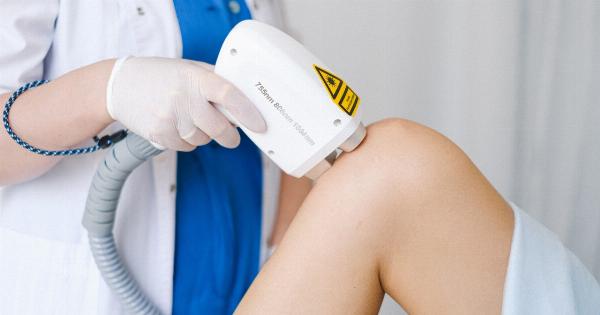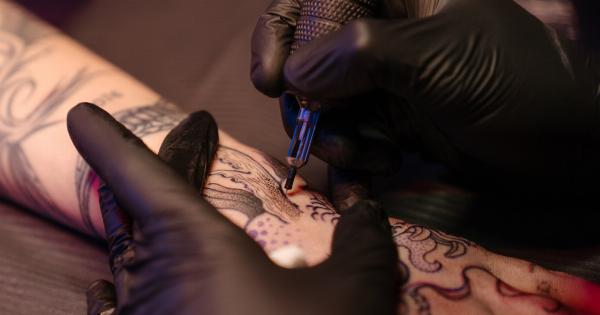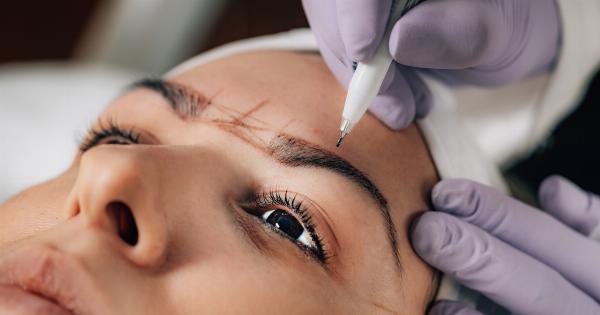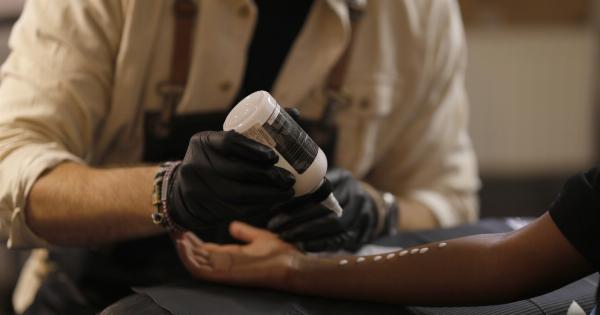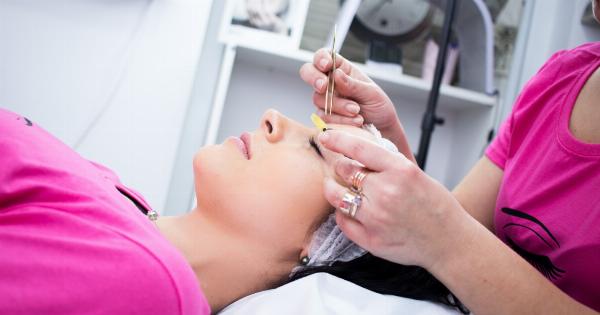Medical dermatology is an increasingly popular field of medicine that focuses on the diagnosis, treatment, and prevention of skin conditions. One area that has gained a lot of attention in recent years is tattoo coverage.
Many people who have tattoos are looking for ways to cover them up, either because they regret getting them or because they’re looking for a more professional look. In this article, we’ll explore some of the options available for medical dermatos and tattoo coverage.
Laser Tattoo Removal
Laser tattoo removal is the most common method of tattoo removal. It involves the use of a high-powered laser beam that selectively targets and destroys the ink in the tattoo.
The laser breaks down the ink into smaller particles, which are then absorbed by the body’s immune system and eliminated through natural processes. This process can take several sessions to complete, depending on the size, location, and color of the tattoo.
Cover-Up Tattoos
If you don’t want to remove your tattoo but would still like to cover it up, a cover-up tattoo may be the best option for you. A cover-up tattoo involves using a new design to conceal your existing tattoo.
A skilled tattoo artist can create a design that will blend seamlessly with your skin, making your old tattoo all but invisible. Cover-up tattoos work best when the new tattoo is significantly larger than the old one, and when the old tattoo is faded or light in color.
Tattoo Removal Creams
Tattoo removal creams are an alternative to laser tattoo removal. They work by penetrating the skin and breaking down the ink in the tattoo.
While this method can be less expensive than laser removal and is easier to use, it’s not as effective and can take longer to achieve results. Additionally, some people may have an allergic reaction to the creams, and they may damage the skin.
Makeup
If you need to cover up a tattoo temporarily for a formal event or job interview, makeup can be a good option.
There are specialized makeup products designed for covering tattoos, such as Dermablend Leg and Body Cover, and Kat Von D’s Tattoo Concealer. These products are designed to provide long-lasting coverage without smudging or transferring onto clothing. They’re easy to apply and can be removed with regular makeup remover.
Scar Camouflage
Scar camouflage is a technique that uses pigment to conceal scars or discolored skin. It works by matching the color of the skin to the surrounding area, blending in the scar or discoloration so that it’s less noticeable.
This technique can also be used to cover up tattoos, although it’s not as effective as laser tattoo removal or a cover-up tattoo. Scar camouflage is a good option if you have a tattoo that’s already faded or light in color.
Tattoo Lightening
Tattoo lightening is similar to laser tattoo removal in that it uses a laser to break down the ink in the tattoo. However, instead of completely removing the tattoo, the laser is used to lighten it.
This can be a good option if you want to cover up your tattoo with a new design but don’t want to remove it completely. Tattoo lightening can also make it easier to remove your tattoo with laser removal in the future if you change your mind.
Cryosurgery
Cryosurgery involves the use of extremely cold temperatures to destroy skin cells. It’s a common method for removing warts and other skin lesions, but it can also be used for tattoo removal.
Cryosurgery works by freezing the skin, which causes the cells to break down and die. This method can be less painful than laser removal and has fewer side effects, but it’s not as effective and can take longer to achieve results.
Excision
Excision involves surgically removing the tattoo from the skin. This method is best for small tattoos and can be effective in completely removing the tattoo. However, it may leave a scar, and it can be a painful and expensive process.
Excision is not recommended for large tattoos or tattoos that are located in sensitive areas.
Conclusion
If you’re looking to cover up or remove a tattoo, there are several options available to you. Each method has its own benefits and drawbacks, so it’s important to consider your options carefully before making a decision.
Discuss your options with a medical dermatologist to determine the best approach for your unique needs and situation.

